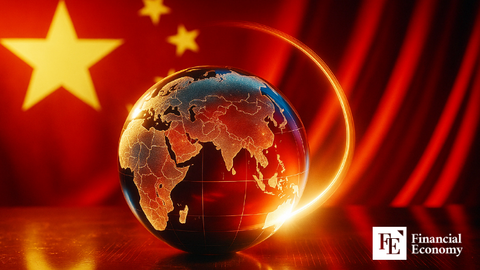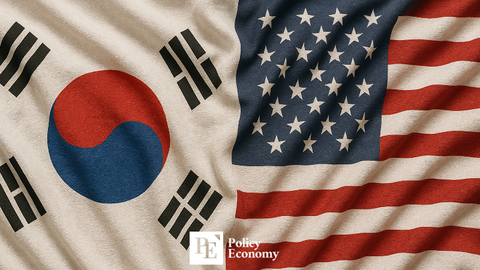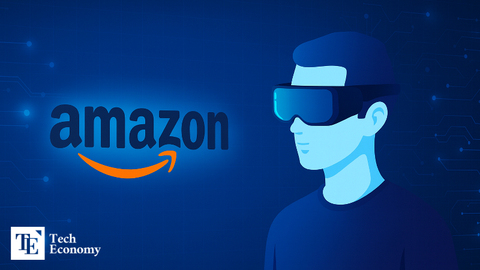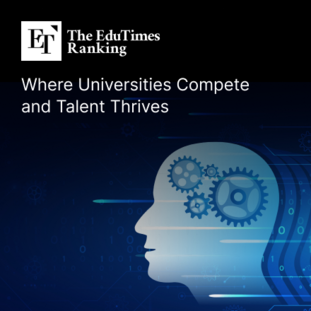TSMC’s $100 Billion U.S. Investment: A Game-Changer in the Global Semiconductor Race
Input
Changed
A Win-Win for Trump and TSMC The Shift in Global Power Dynamics Challenges of Corporate Culture and Workforce Adaptation

A Win-Win for Trump and TSMC
In a move that signals a major shift in the global tech landscape, Taiwan Semiconductor Manufacturing Company (TSMC), the world’s largest chipmaker, has announced plans to invest a staggering $100 billion to expand its manufacturing operations in the United States. This announcement, made during a meeting with former President Donald Trump, represents a significant win for both the company and the Trump administration. But while TSMC’s investment marks a major victory for U.S. manufacturing, it also raises critical questions about the long-term impact on competitors, U.S. workers, and international trade dynamics.
For Trump, this announcement serves as a powerful reinforcement of his longstanding message that America needs to become more self-sufficient in critical industries like semiconductor manufacturing. By securing TSMC’s massive investment, Trump can tout this achievement as a significant step toward reducing U.S. dependence on foreign-made chips, especially those produced in Asia. In a time when technology is the backbone of everything from military operations to consumer electronics, ensuring that the U.S. has a robust domestic chip manufacturing base is a strategic imperative.
For TSMC, this move is both a response to the shifting geopolitical landscape and a strategic opportunity. With U.S.-China tensions continuing to escalate and the growing risk of supply chain disruptions, diversifying production away from Taiwan and other regions vulnerable to geopolitical instability makes sense. Investing in the U.S. provides TSMC with a way to mitigate risks associated with the ongoing trade war and ensure access to the lucrative U.S. market while also gaining access to various subsidies and tax incentives.
This win-win situation reflects both strategic foresight and practical concerns in an increasingly volatile global market. However, while TSMC’s decision is seen as a victory for the two parties involved, there are several ripple effects that could create tension in the global semiconductor market.
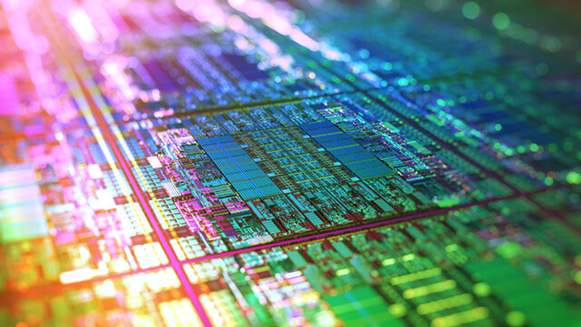
The Shift in Global Power Dynamics
The U.S. has long relied on Taiwan for a significant portion of its advanced semiconductor needs. TSMC, with its state-of-the-art manufacturing capabilities, is the backbone of global chip supply, particularly in industries like smartphones, data centers, and advanced electronics. With the $100 billion investment, TSMC is further solidifying its position as a global leader, while the U.S. secures its place as a key player in semiconductor production.
But this shift also presents challenges for TSMC’s competitors, most notably South Korea’s Samsung and SK Hynix. These two companies, which have long been dominant players in the memory chip market, now find themselves in a race to catch up with TSMC’s rapidly expanding operations in the U.S. Both Samsung and SK Hynix will likely be forced to increase their investments in U.S. chip production to maintain competitive parity, or risk losing out in the lucrative North American market. The U.S. government, under both the Trump and Biden administrations, has already made it clear that it is willing to provide substantial subsidies to attract major players like TSMC, meaning Samsung and SK Hynix may now need to follow suit or face potential disadvantages.
The influx of billions of dollars in semiconductor investments into the U.S. will likely accelerate the shift in global power dynamics within the semiconductor industry, with the U.S. emerging as an even more influential hub for chip production. As other countries and companies scramble to match the U.S.’s growing semiconductor presence, the stage is set for an intensified technological arms race between the world’s top chipmakers.
The announcement of TSMC’s $100 billion investment follows the Biden administration’s recent commitment to provide $6.6 billion in subsidies to the company to attract a $65 billion investment. At the time of the announcement, it was seen as a major win for the U.S., signaling the government’s push to strengthen its position in the semiconductor industry. But now, with Trump’s announcement of a $100 billion investment, it’s clear that the former president is able to claim an even larger victory.
From a political standpoint, this investment shift could be seen as a victory for Trump and his “America First” agenda. While President Biden’s administration may have promised significant subsidies to TSMC, Trump’s ability to secure a larger commitment — in terms of both investment size and scope — will likely resonate with U.S. voters who are eager to see tangible results in terms of jobs and economic growth. By positioning himself as a champion of American manufacturing, Trump strengthens his appeal to voters who are concerned about the U.S. losing its edge in key industries like technology.
However, the situation raises questions about the role of government intervention in the global marketplace. While subsidies are often used to attract foreign investment and stimulate economic growth, they also risk distorting market dynamics and creating imbalances. Critics argue that government intervention, while beneficial in the short term, may lead to over-dependence on corporate subsidies and could stifle competition.

Challenges of Corporate Culture and Workforce Adaptation
While the $100 billion investment is an extraordinary achievement, it comes with its own set of challenges — particularly for TSMC as it looks to scale its operations in the U.S. One of the most significant hurdles the company faces is its corporate culture, which has been described by some as “brutal.” TSMC is known for its high-pressure work environment, where employees are expected to work long hours under intense conditions. This kind of corporate culture, which has thrived in Taiwan, may not resonate well with American workers who are used to a different work-life balance.
To make the most of its U.S. investment, TSMC needs to hire 4,500 American employees to staff its new factories. However, the company’s high-pressure corporate culture could create difficulties in attracting and retaining workers. U.S. employees may be less willing to accept the demanding hours and intense expectations that are commonplace at TSMC’s Taiwanese operations. Moreover, the company will need to train a new workforce in advanced semiconductor manufacturing techniques, a process that will take time and considerable investment.
This presents a dilemma for TSMC: while the company is eager to scale up its U.S. operations and benefit from government subsidies, it must adapt its corporate culture to fit the expectations of the American workforce. Failure to do so could hinder the success of its U.S. expansion and undermine the long-term viability of its investments.
The announcement of TSMC’s $100 billion investment in the U.S. marks a significant turning point in the global semiconductor race. For Trump and TSMC, it’s a major win, but the broader implications for the semiconductor industry are still unfolding. As the U.S. strengthens its position in chip manufacturing, competitors like Samsung and SK Hynix will be forced to make their own strategic moves.
The challenges posed by TSMC’s “brutal” corporate culture and the need to hire and retain skilled American workers will also shape the outcome of this ambitious project. For now, the U.S. is on track to become an even more dominant force in the global tech industry — but whether that dominance will last depends on how the country adapts to the evolving challenges in manufacturing, labor relations, and international competition.

